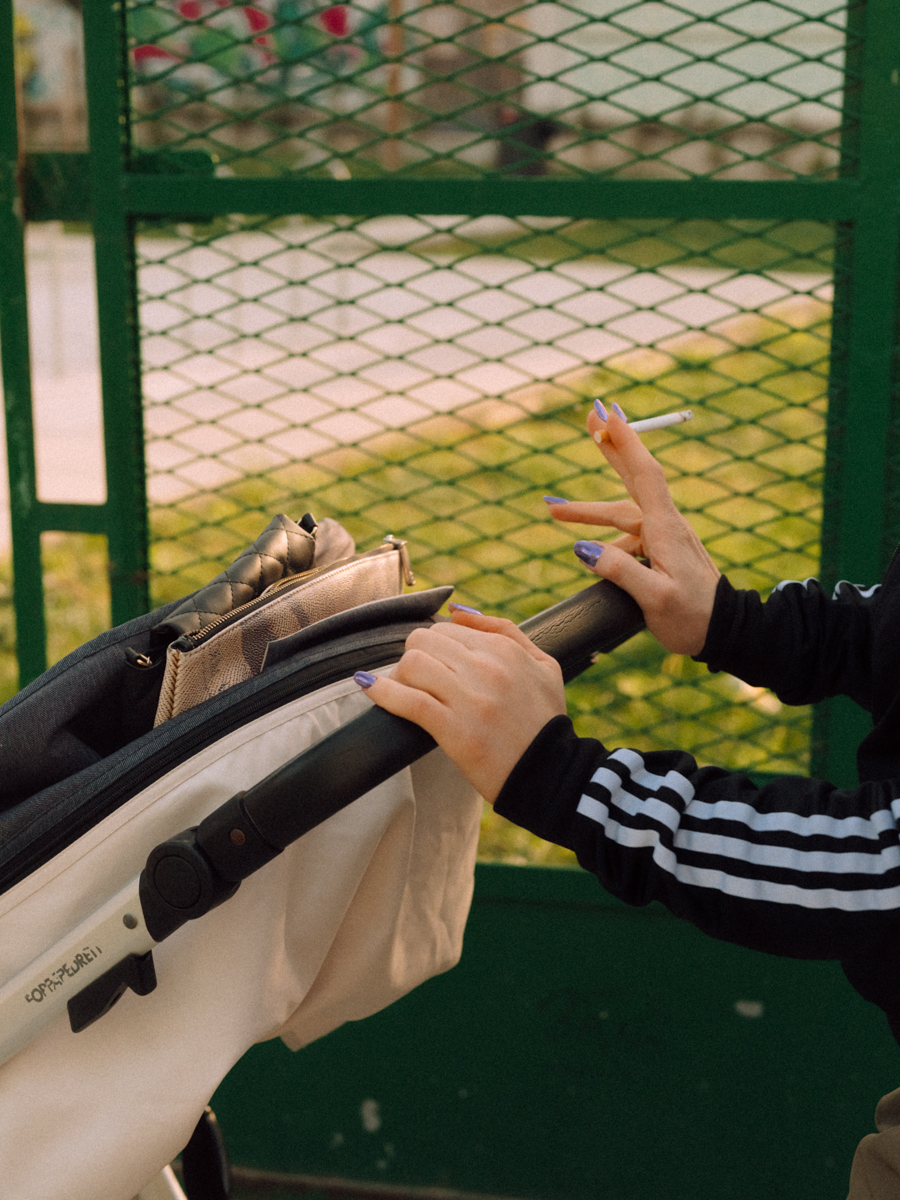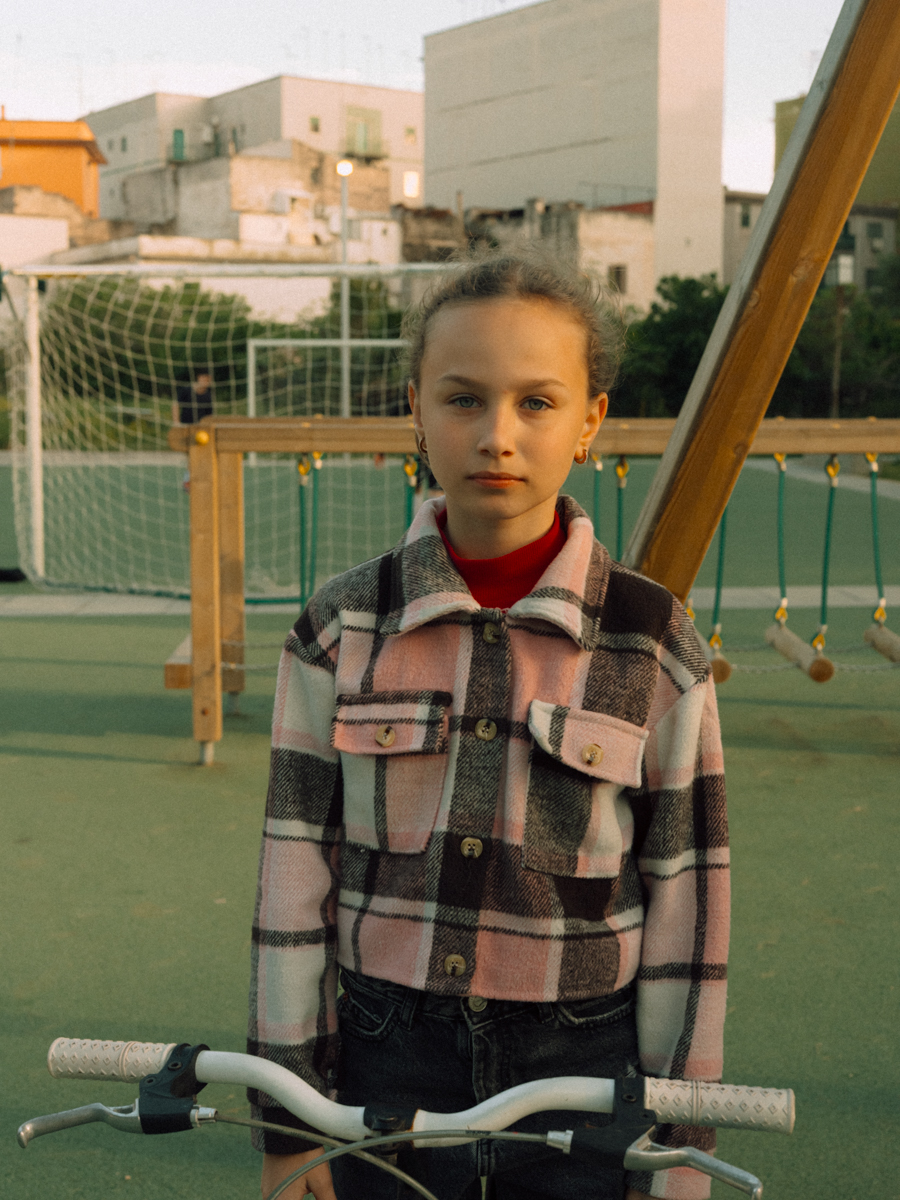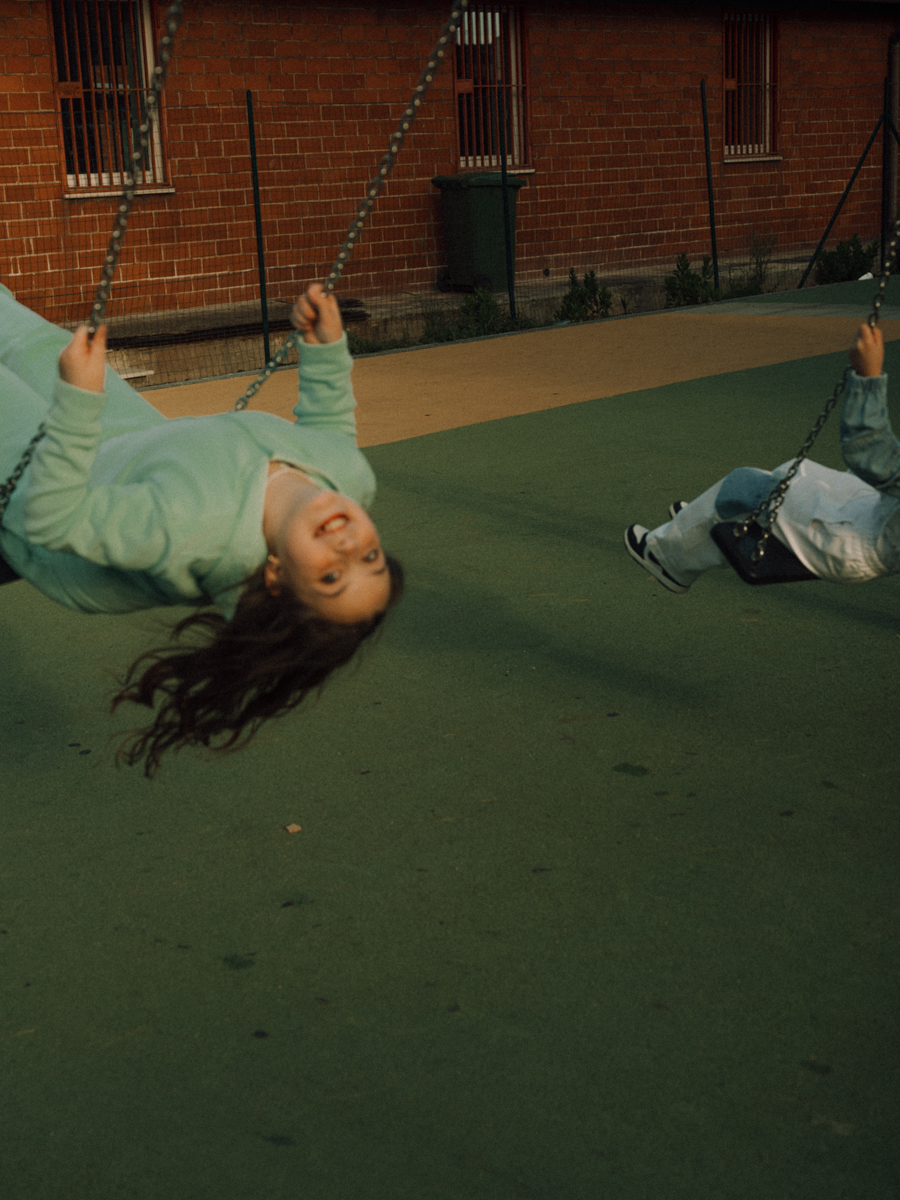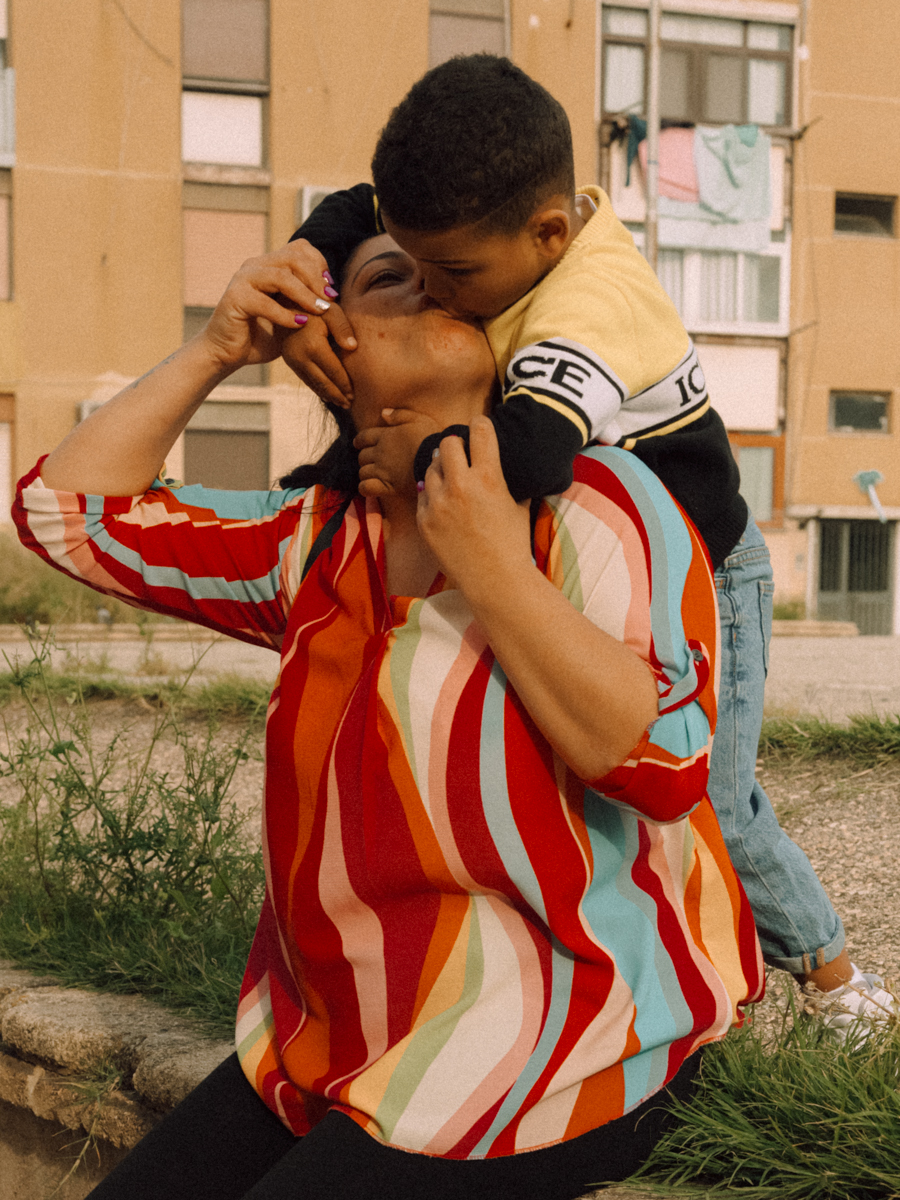

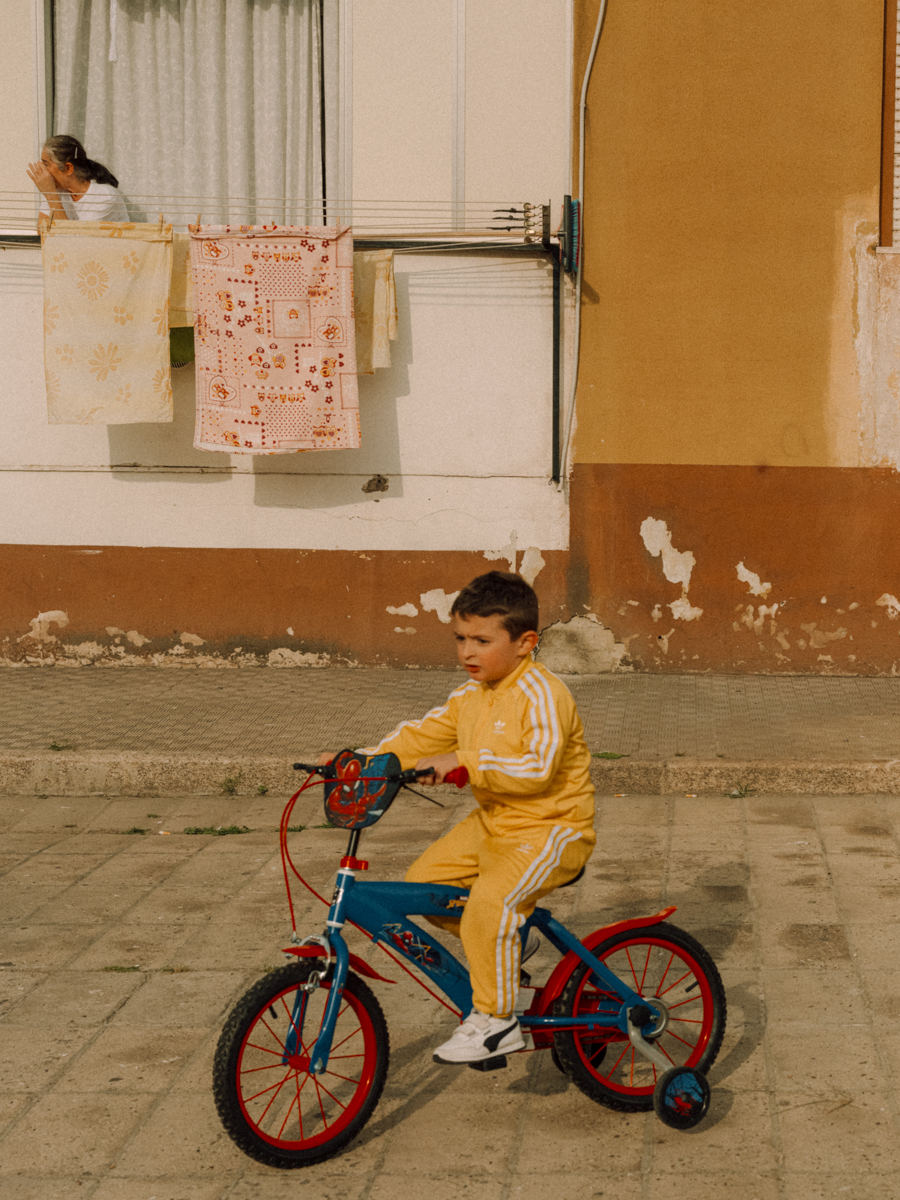
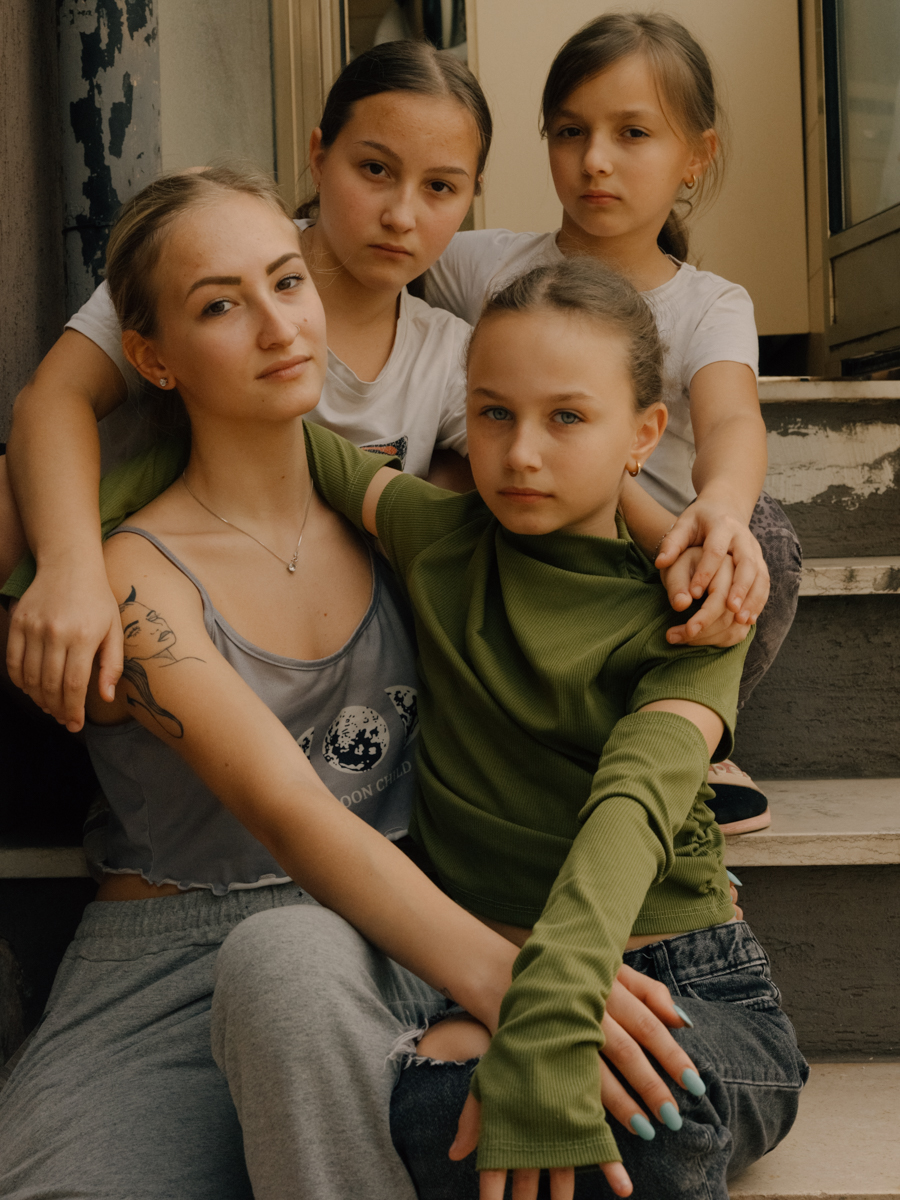
It’s all rather normal in the neighborhood of Tamburi: closing up the apartment on “wind days” so carcinogenic iron-ore dust doesn’t float inside, not letting the kids play in the toxic soil at the local park, losing more than one immediate family member to cancer.
For generations, the nearby steelworks plant has posed a catastrophic environmental and health threat to residents living in this under-developed neighborhood in Taranto, Puglia. The steelworks’ disastrous impacts continue to underline everyday life with the bitter but “accepted” truth that home in Tamburi is a toxic hotbed of chemical emissions proven, over the years, to cause devastating illness and mortality rates among locals of all generations. An official report in 2012 showed that deaths from cancer were 15% above Italy’s national average, and other reports have indicated that thousands of deaths in Tamburi were directly related to illnesses caused by toxic emissions and pollutants over a seven-year period (2005-2012). Cancer rates in children are 50% higher in Tamburi than any other part of Puglia. Yet, in sickness and health, in love and loss, with ferrous-stained shop windows and poisonous fumes blanketing this port town, life goes on in Tamburi. Especially for mothers.
“Every woman who has a child in Tamburi knows that her baby will potentially be impacted in some way by the area’s toxic environment,” says photographer Lisa Sorgini, who spent a month-long residency in the neighborhood. Her series A Child Like Air captures the daily lives of mothers and children living under the steelworks’ toxic hold–taking us into their living rooms, their kitchens, and their bedrooms in the cramped high-rise apartments where most families live, accompanying them from the school pick up to the local park on the weekends. Exhibited as part of Taranto’s Eyeland photography festival and later with PHest in Monopoli, the Australian-Italian photographer’s poignant and intimate images don’t show us what the steelworks and its toxic emissions look like. Rather, they capture the shape of a child’s birth defects, the strength of a mother’s embrace, and the sorrowful depths in the eyes of a nonna who has lost more than one immediate family member to an incurable disease. Perhaps even more confronting for Sorgini was the fact that, despite the mothers’ full awareness of their home environment posing severe health risks to everyone in their family, most have little choice other than to stay.

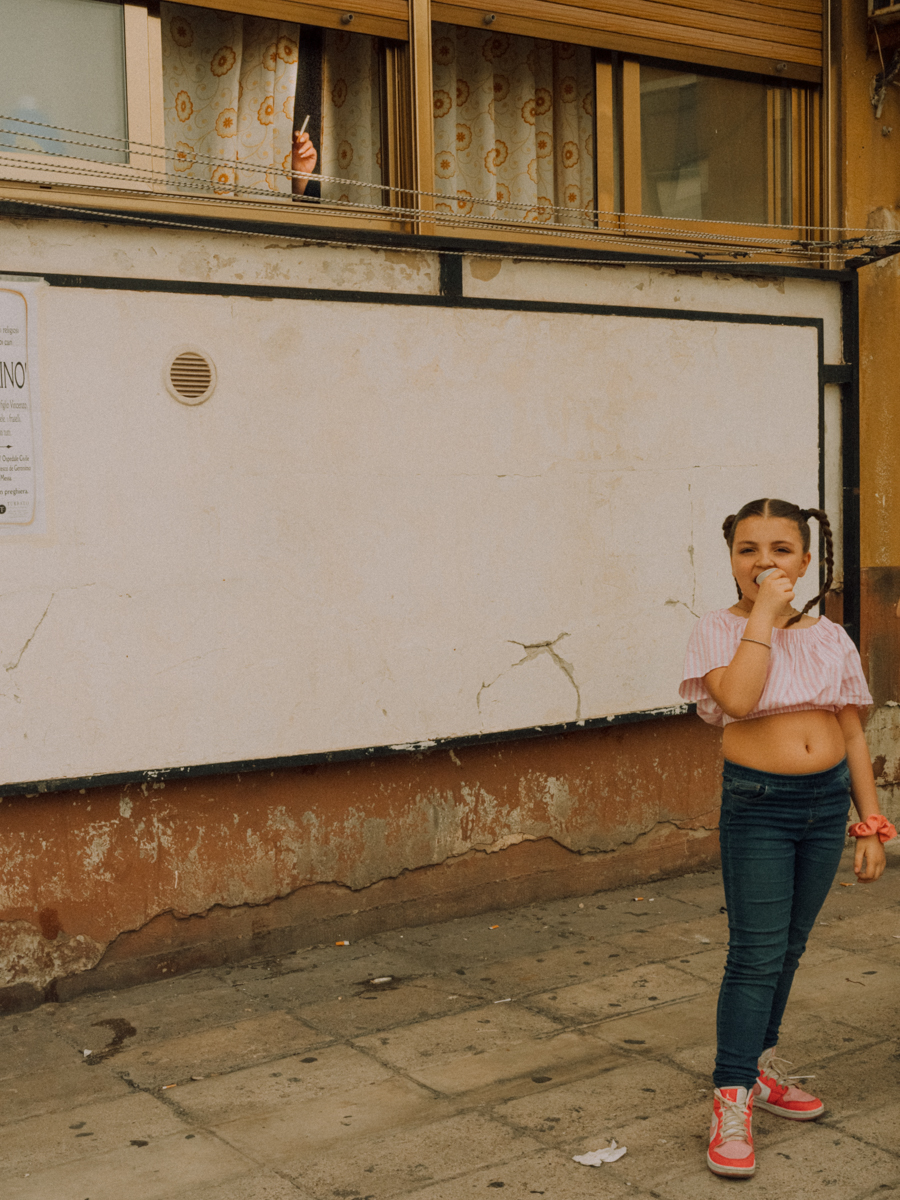

“Multiple generations are impacted by this environmental crisis in Tamburi. In one family I met, there was a nonna in her eighties and her family members had all been affected in some way, right down to her great-granddaughter, who was born with various defects and other health problems. It takes its toll on the community in so many ways,” Sorgini reflects.
Over the years, there has been enough environmental, medical, and safety-based research about the impact of the steelworks (now called Acciaierie d’Italia, or ADI, but commonly referred to by its former name Ilva) to scare the daylights out of anyone living anywhere near the steel factory, let alone a mother raising a family in the closest neighborhood. The regional commune and federal government are also well aware of the situation. Yet, as one of Europe’s largest and most economically lucrative steelworks, it’s not simply a matter of shutting it down. It seems to be a case of economic versus environmental welfare, of collective prosperity versus personal health and safety. For health experts, human rights authorities, and witnesses who don’t even come from Taranto or anywhere near the city, like Sorgini, it’s almost impossible to fathom the fact that families in Tamburi are resigned to the reality of life at the mercy of the toxic steelworks from which nobody is immune, especially not children.
“I learnt pretty quickly it’s not that simple for families to just leave Tamburi and move to another town. Many don’t have the economic resources, or they haven’t been supported by the government, or they just don’t want to leave their home,” Sorgini tells me. “Mothers in particular are very aware of the situation and the fact that living in Tamburi is making them and their families very sick. And despite this knowledge they are still choosing to have children and raise families there.”
Insights from pediatrician Anna Maria Moschetti in The Guardian echo Sorgini’s observations about the reality of life in Tamburi, a gritty, working-class neighborhood associated with a low socio-economic status. “The greatest exposure is born by the poorest population who live close to the plants and do not have the financial resources to distance themselves,” says Moschetti.
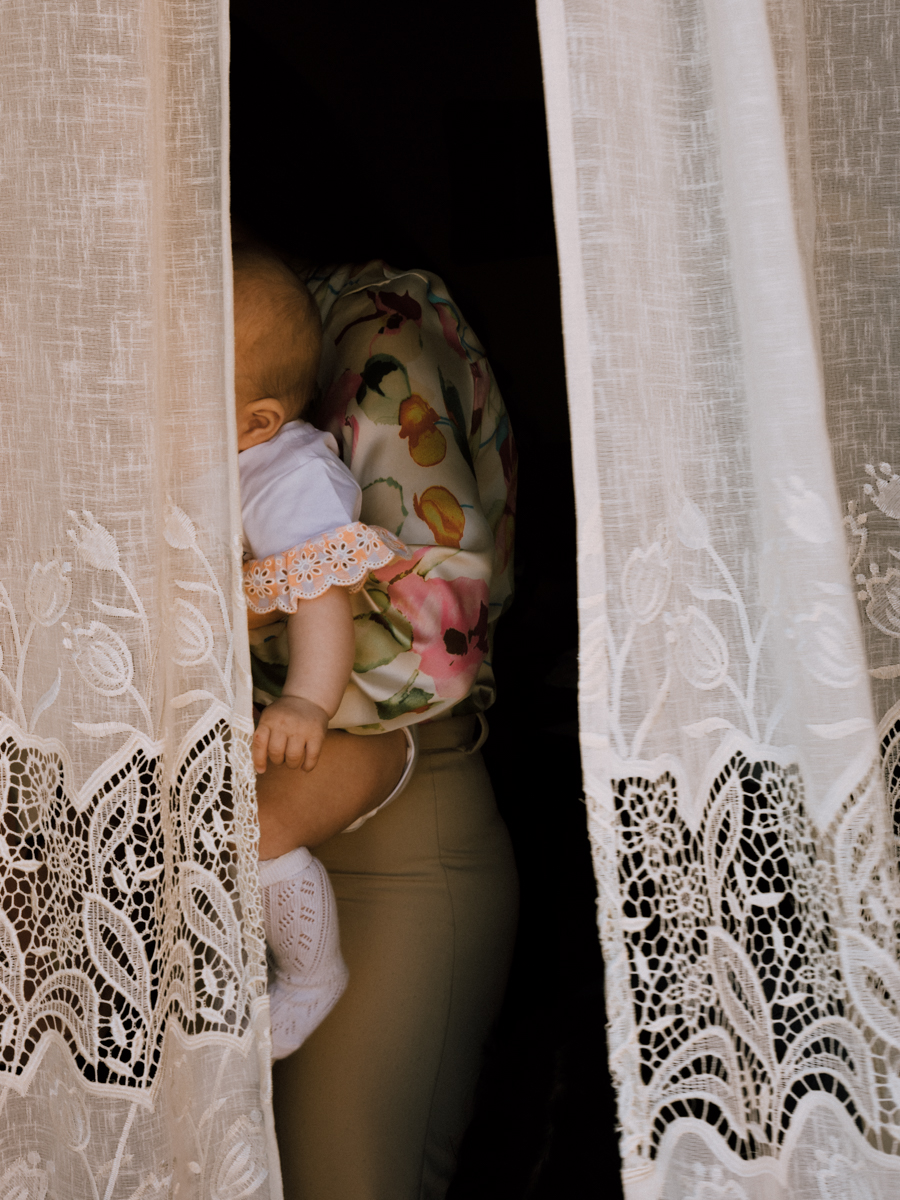

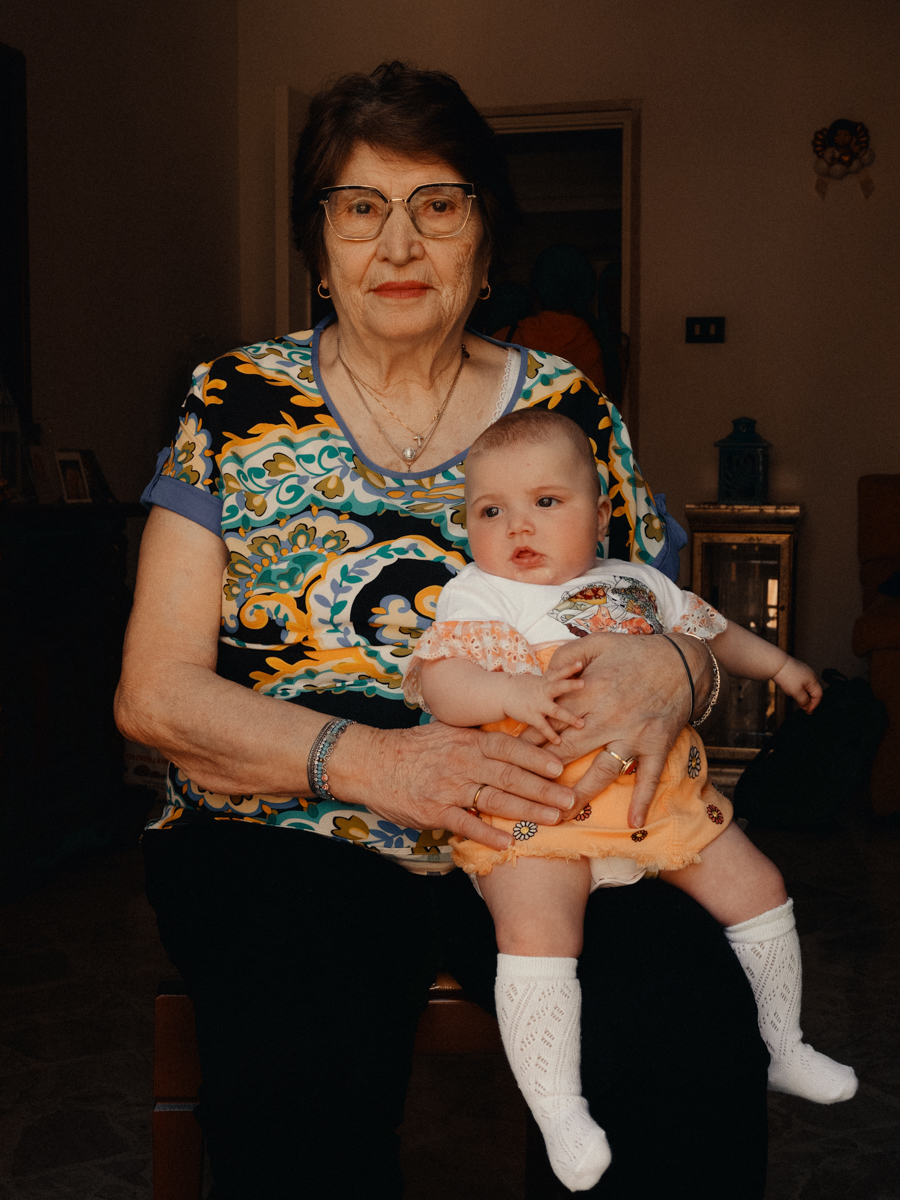
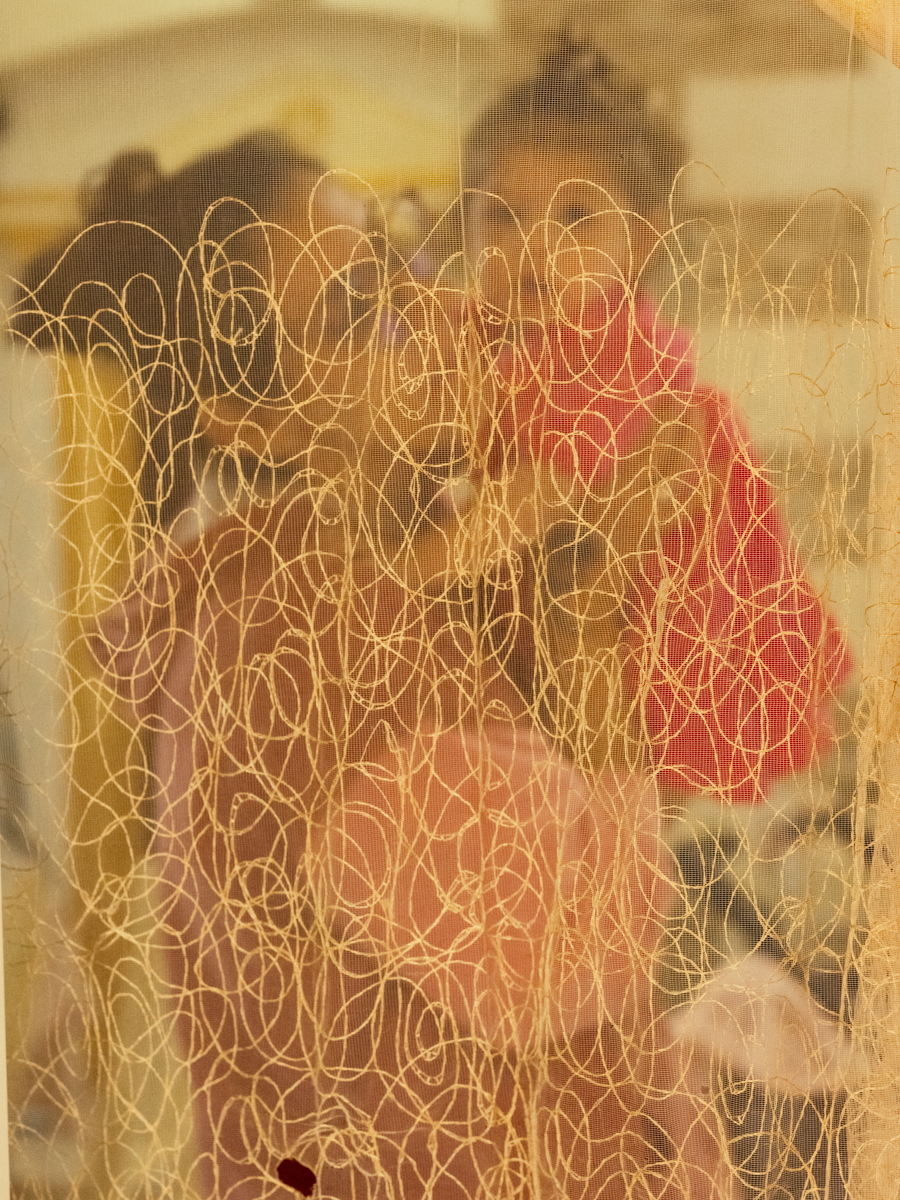
Rosa, the first Tamburi woman Sorgini met and spent time with, lives in an apartment with her daughter, her son, and other family members whom the photographer eventually shot for her series. She calls Rosa the “integral connector” for her project, the woman who introduced her to other mothers, children, and families in Tamburi who also became subjects of the photos. Sorgini shares that many of the mothers were understandably guarded at first, but eventually became more comfortable with the idea of having her around to capture candid moments in their daily lives, which generally consisted of household and family duties, dropping in to see family members several times a day, and playing with their kids on weekends.
“The local park is one of the main meeting places for mothers, and it’s here that you can clearly see the toll of this crisis across different generations. The kids are discouraged from playing in the dirt like normal kids because the soil is toxic. There are physical reminders of it everywhere, every day,” the photographer explains.
A Child Like Air juxtaposes Tamburi’s environmental volatility against family and maternal intimacy, drawing attention to the human experience of motherhood in Tamburi. Despite the grim realities faced by local mothers raising children in this neighborhood, Sorgini’s images are characterized by a profound sense of warmth and softness reflecting the emotional reality and universal “truth” of motherhood. A young girl sobs into her mother’s tattooed shoulder, a boy and his mother frolic in yellow daisies on the side of the road, another mother clasps her child’s surgery-scarred torso. Sorgini’s series also depicts the poetry of the “everyday” in Tamburi that captured her attention on the streets during her stay; weeds springing up from toxic soil between the pavement cracks, clothes hanging from the windows of apartment buildings stained with red iron ore dust, locally-grown apples that nobody can eat.
“Am I safe here?” It’s a question Sorgini asked herself several times during her residency in Tamburi. The photographer’s first real photojournalistic experience has likely had a significant impact on her environmental sensibility and emotional resilience. She shares that the lived experience is always the starting point for her work; the most honest and authentic way she can connect with people from all walks of life through her lens. She hopes A Child Like Air will draw attention to the plight of Tamburi’s locals living and raising families amid an environmental crisis–and their almost stoic acceptance of this reality–inspiring a reflection of the universal spirit of motherhood and humanity more broadly. Regardless of geography, culture, or socio-economic status, Sorgini’s images remind us of the basic needs we all share as humans: the need to protect our children, the need to be surrounded by family, the need to honor our innate connection to the place we call home.
